

In 1976 Mini received an update, gaining interior fittings from the Austin Allegro and the Princess models, a modified suspension with softer springs and damper settings and new subframe mounts. By this point, the new facelifted Minis (Project code ADO20) were being assembled at Longbridge, while others were brought to the ‘body in white’ stage at Castle Browmwich. In true Mini style, ADO20 was only marginally profitable. However, in October the National Enterprise Board approved the programme to develop ADO88 at Seneffe in Belgium: a Super Mini to replace the Mini range. The new Super Mini was a necessary car, required to compete with Ford’s all-new Fiesta, which was on its way, and to help cater for the UK market share, which had now dropped to 6.5 per cent. The Mini was surrounded by strikes, one of which took place at Rubery Owen and Darlaston, who supplied the Mini’s subframe and wheels. But somehow Longbridge kept going, producing 160,000 Minis and welcoming the 4-millionth Mini to the road.
In 1977, production of the Mini Special (ADO88) began at Seneffe alongside the Austin Allegro. Its sole purpose was to replace the Clubman across Europe, since dealers found that European customers weren’t too fond of the box-like hatch. Hitting dealerships on the continent from 1977, 73,753 examples were built until production ended in 1981. ADO88 was a round-nosed Mini powered by a 1098cc engine, in the hope of winning back the customers who appreciated Issigonis’s design. By 1978, Michael Edwardes had become the new chairman of Leyland Cars. He decided to produce two new versions of the old ADO20 project (the upgraded Mini) and a larger version of the ADO88, which would eventually become the Austin Metro. Since the Mini’s design didn’t seem to grow tiresome, its styling credentials played in its favour. Customers were already bored of the Fiesta and Renault 5, which all seemed to be too similar; the Mini was a completely different character. ADO88, however, was not like the desirable hatch: its larger LC8 size wasn’t appealing, and it delayed production until 1980. Leyland Cars was renamed British Leyland Ltd that same year.
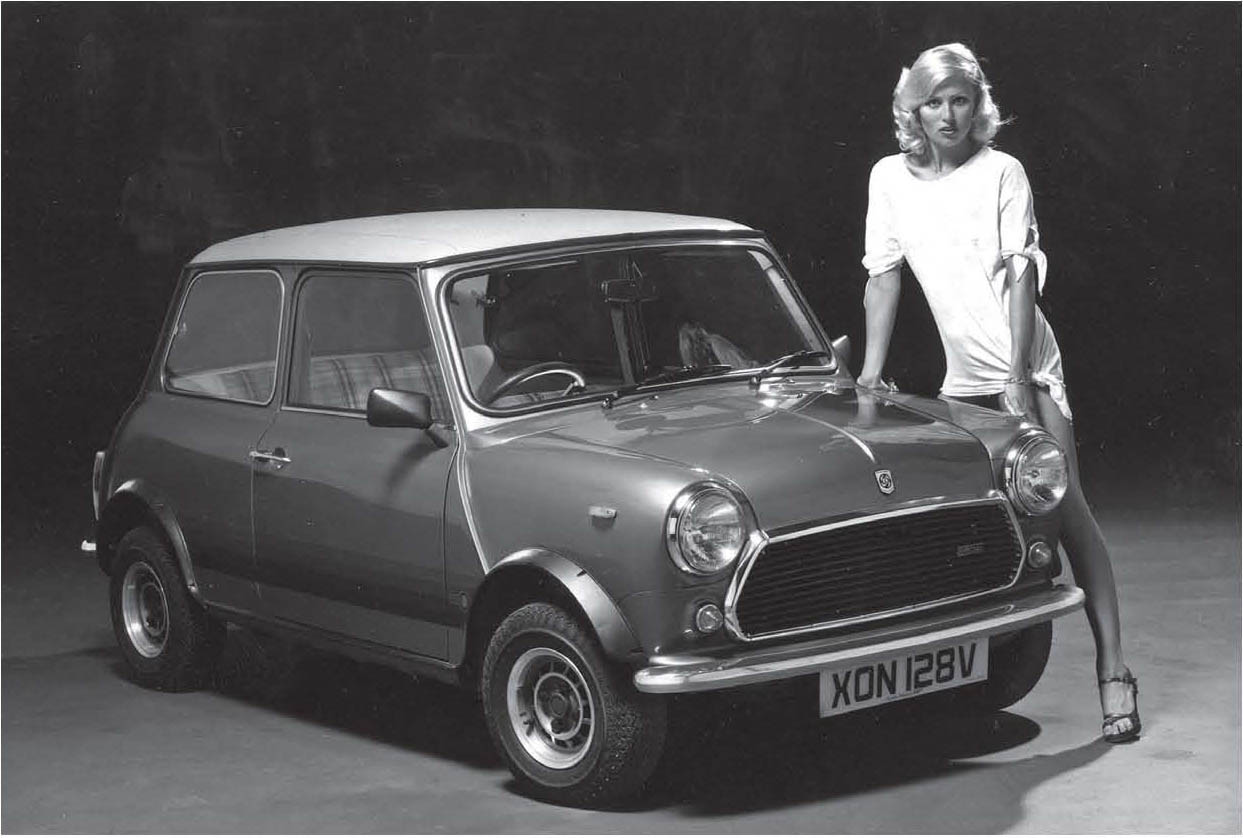
Austin-Morris unveiled the 1100 Special to mark two successful decades. MAGIC CAR PICS
After two successful decades in production, the Mini reached its twentieth anniversary. Of course, Issigonis wouldn’t have missed the moment for the world, and returned to the limelight to celebrate the occasion. Austin Morris unveiled the limited edition Mini 1100 Special to mark the milestone. Built at Longbridge, the 1100 was a classic round-nosed Mini and received the 1098cc engine. Finished in either Silver or Rose metallic paint, it was fitted with wide 10in Exacton alloys and was given extended wheel arches, although they were made of plastic. The Mini 850 was also rebranded the Mini City, but kept the small 848cc engine. The Mini City was available in two trims: the base level and the Super De Luxe. The City Minis were a perfect example of BL reaching out to a more premium market. The standard 850 boasted check cloth upholstery with black bumpers and City decals, while the Super De Luxe had striped fabric seats, face-level ventilation and fitted carpets. Their prices were also a clear indication of the gradual change in the economy and the target market, with both 850 City cars priced at £2,482. Throughout the year, the Mini retained its 5 per cent market share, with the twentieth anniversary helping to push this figure up to more than 6 per cent by the end of the year.
This was indeed good news for BL, but resulted in a shortage of Minis at dealerships once again. Even though BL was importing 1,000 cars every month from Belgium, the 2,800 workers over in Belgium couldn’t keep up with the UK’s demand, therefore making this action redundant. Mini stock was now at a record low, even though production had still hit 165,502 by the end of the year, with UK sales totalling 82,938; the best of figures since 1975. Aside from the industry issues and financial flusters, the 1970s was the Mini’s most successful decade, with 2,438,197 little cars hitting the road.
In 1980, BL was preparing for the launch of the Metro, while Austin Morris was making progress on simplifying the entire Mini range. The Clubman Saloon and 1275 GT were phased out, but the Estate version was able to continue with a new name – Mini 1000 HL Estate – and a 998cc engine. Production of the Mini 850 City also came to an end, but it was replaced by the new Mini City, powered by a 998cc A-Plus engine – the same one destined to drive the new Metro. When the Metro was launched in October, it took the media by storm. In fact the Metro was dubbed the saviour of BL, although if it hadn’t have been for the strong Mini sales, the Metro would never have made it to launch. The Mini suffered hard when the Metro claimed an 8 per cent UK market share, and production at Longbridge plummeted to 1, 150 cars per week. The Metro was now the hero, and the Mini was the public’s future budget car.
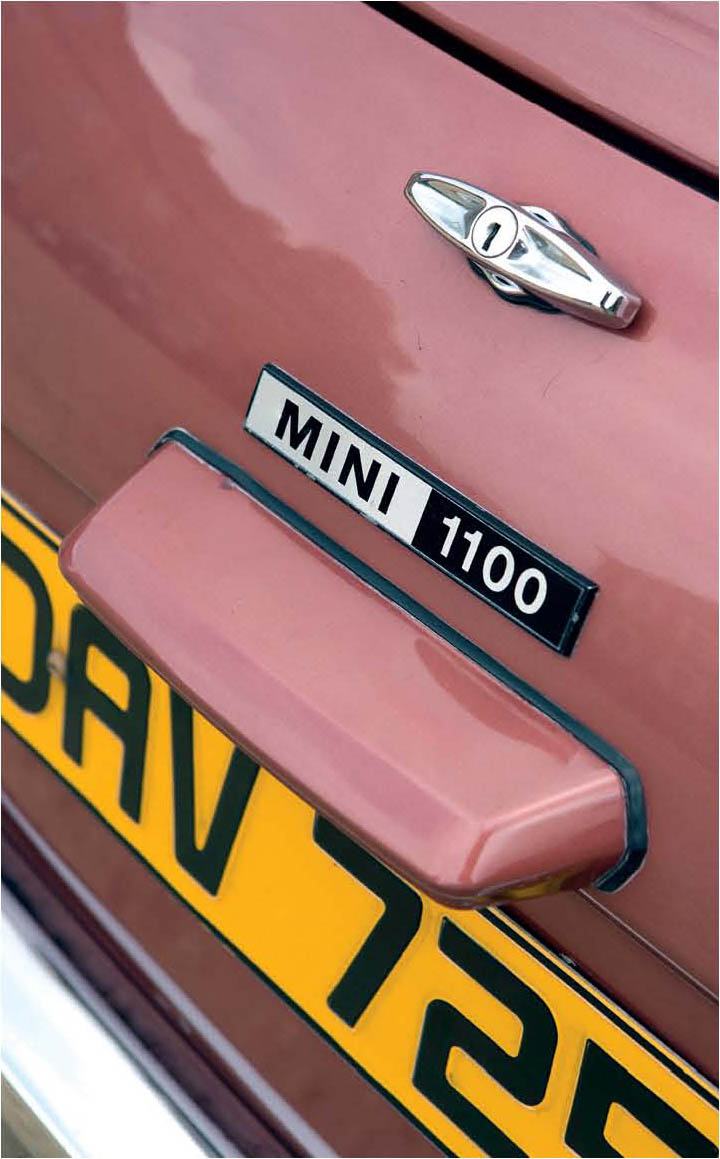
The 1100 was built at Longbridge and finished in Rose or Silver metallic paint. MAGIC CAR PICS
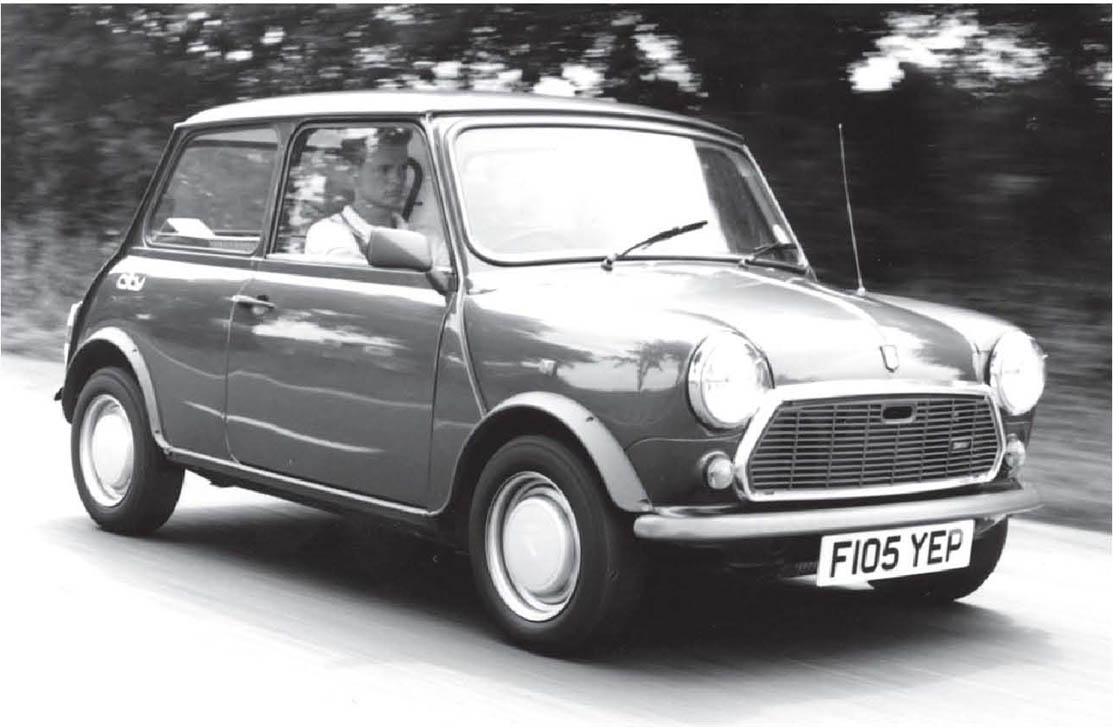
The new Mini City was launched in 1980, powered by a 998cc A-Plus engine. MAGIC CAR PICS
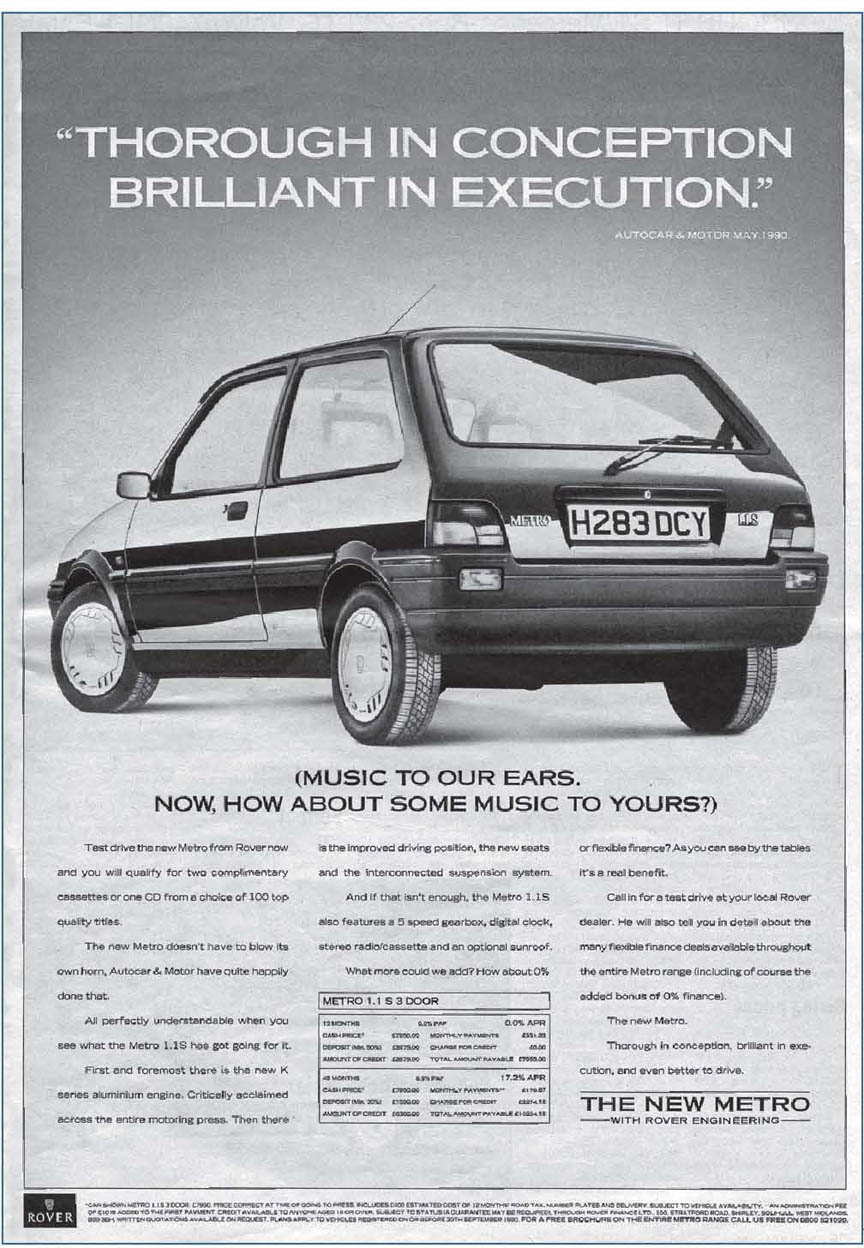
The Metro claimed an 8 per cent market share, weakening the Mini’s power. MAGIC CAR PICS
The drama was far from over, however: in 1981 BL closed the Seneffe plant in Belgium, resulting in the loss of more than 2,500 jobs in both Belgium and back at Cowley in Oxford. As can be imagined, this caused an extremely bad atmosphere between Belgium and the UK. The workers at Seneffe had done a great deal for Mini across Europe, especially when UK plants were riddled with strikes, and understandably they felt betrayed. They demanded maximum redundancy payments, and as a bargaining measure more than 2,000 workers continued to work at the factory and blocked the departure of completed vehicles from the BL’s European distribution centre, impounding 3,500 new cars: a crafty plan from the Belgium crew. To put the cherry on the icing, Rubery Owen closed its Darlastom factory, leaving BL looking for new suppliers of front subframes and wheels.
In 1982, Austin Morris was merged into the Austin Rover Group, under Harold Musgrove. This was the year that the Mini Mayfair was launched, an upmarket Mini for the wealthier classes. The Mayfair helped to push up Mini production from 940 to 1,050 per week, which meant that BL’s plan to sell more higher-priced Minis was working. The following year, the very last Mini Van and Pick-up left the production line, after a successful output of 579,673 cars. The Mini’s twenty-fifth anniversary was drawing closer, and was the perfect opportunity for Austin Rover to reveal the all-new Mini 25 anniversary edition. The Mini 25 was practically thrown together using old BL parts, which it no longer had use for. It reintroduced the 1275 GT’s 8.4in front disc brakes and the significantly cheaper 12in wheels, which eventually became standard for all mainstream Minis.
THE DEVELOPMENT OF THE A-SERIES ENGINE
In 1982 the last Mini Estate HL was built; it was then withdrawn from the range in September. Ahead of that, the Mini received higher gearing, mainly to keep the revs down, thus making it even more economical. This compromised the little car’s acceleration performance. The A-Series engine was a remarkable creation, which explains why it was never re-engineered throughout its history – aside from developing overhead camshafts (ohc) for both the A- and B-Series engines back in the 1970s to maximize efficiency for exportation to America. The ohc B-Series unit evolved into an O-Series engine, while the ohc A-Series engine began to power the new ADO88 Mini and other BL cars. Eleven prototype ohc A-Series engines with aluminium cylinder heads were built in 1975 using Cooper S blocks in capacities of 970cc, 1097cc and 1275cc. Just think: fitted with the ohc 1275cc engine and twin HS6 SU carburettors, the sporty Clubman could reach an impressive 100mph (160km/h). However, adding an overhead camshaft to the standard A-Series engine pushed torque higher and often resulted in a number of technical issues. The standard A-Series engine has the ability to pull top gear and extremely low revs, but the ohc version – like in the 100mph Clubman – lacked this virtue, making everyday commuting a little too much of a handful. This is when BL launched the A-Plus programme.
A-SERIES ENGINE SPECS
Performance ohc A-Series Specifications
970cc: ohc 59bhp @ 6,750rpm, 51lb ft @ 5,250rpm
1097cc: ohc 72bhp @ 6,500rpm, 64lb ft @ 5,000rpm
1275cc: ohc 84bhp @ 6,750rpm, 80lb ft @ 4,500rpm
Standard ohc A-Series Specifications
970cc: ohc 65bhp @ 6,500rpm, 55lb ft @ 3,500rpm
1071cc: ohc 70bhp @ 6,000rpm, 62lb ft @ 4,500rpm
1275cc: ohc 76bhp @ 5,800rpm, 80lb ft @ 3,000rpm
998cc: ohc 38bhp @ 5,250rpm, 52lb ft @ 2,700rpm
1098cc: ohc 45bhp @ 5,250rpm, 56lb ft @ 2,700rpm
1275cc: ohc 54bhp @ 5,250rpm, 67lb ft @ 2,500rpm
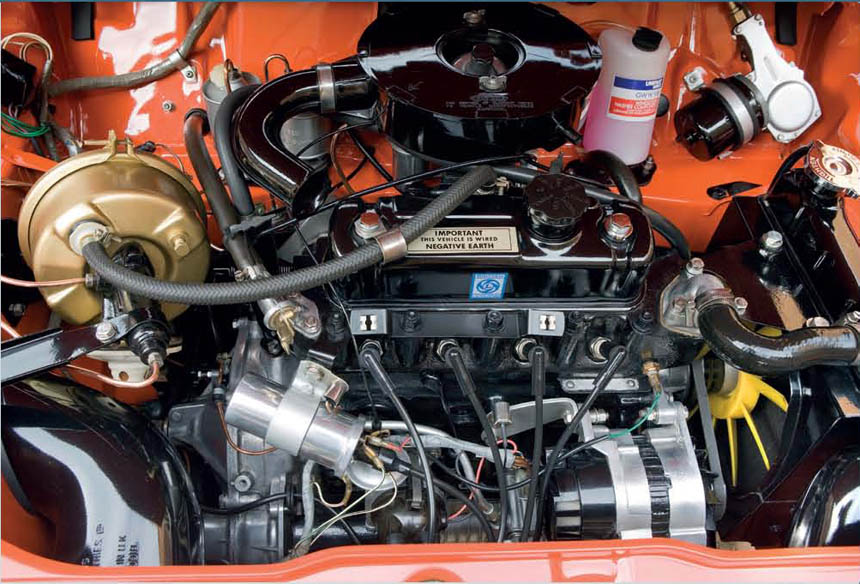
The 1275cc engine with twin carburettors meant the Clubman could reach 100mph (160km/h). MAGIC CAR PICS
THE MINI REVOLUTION
It is important to remember that the Mini’s most successful year was twelve years into its life, in 1971. If the public didn’t know it already, this was a strong indication that the Mini was no longer dependent on the success of its creators, and hugely admired and cherished by drivers of all ages. It wasn’t until the Metro arrived in 1980 that the Mini ceased to become BL’s bestselling car – but even then, the public were enthralled by the little car’s achievement in completely altering the motoring industry – although it is slightly difficult to imagine the iconic small car being nicknamed ‘the Metro’s big brother’. It is fair to say that we very nearly lost the Mini altogether in 1986, as Austin Rover was so engrossed with the Maestro, Montego and Rover 200 that it planned to discontinue the Mini with the launch of the Austin AR6. Not only that, the Mini was a nightmare to manufacture, and by this point, out of date. But even the Metro couldn’t hold the fort against Ford’s Mk2 Fiesta, which eventually became Britain’s best selling car in 1984.
Then in the 1980s a familiar face approached Austin Rover: John Cooper, who was responsible for the legendary Mini Cooper and Cooper S cars, wanted to bring back the legendary race-winner by fitting the Mini with the MG Metro engine. He even started creating and selling tuning kits for 998cc Minis, which were exported to Japan. By this point the Metro was ageing rapidly and was losing the love of its followers. In order to compete with Ford as well as General Motors and Vauxhall, Austin Rover had to pull something serious out of the bag. But while all this was going on, the sale of the 5-millionth Mini was slowly creeping up, and finally occurred on February 1986, with star guest Noel Edmonds. Mini adverts had even started appearing in the press again, including the ‘Minis have feelings too’ Christmas campaign in 1986. Apparently, research revealed that seven out of ten Mini buyers were women aged twenty to thirty-nine, a phenomenon that is said to have been triggered by that very same campaign, with women supposedly treating their little cars ‘with affection’, according to the Daily Express in an interview with Rover Group chairman Graham Day. Still a consultant for the firm, Sir Alec Issigonis wrote to Graham Day to express his views on the Mini programme. These were not warmly welcomed, and resulted in his consultancy being terminated; and so the firm had now lost the Mini’s three greatest warriors – Downton, John Cooper and Issigonis himself. The Mini was also moulded into a variety of limited editions in the 1980s, including the Mary Quant ‘Designer’ and the ‘Italian Job’ models.

John Cooper returned in the 1980s with new tuning ideas for the Mini. MAGIC CAR PICS
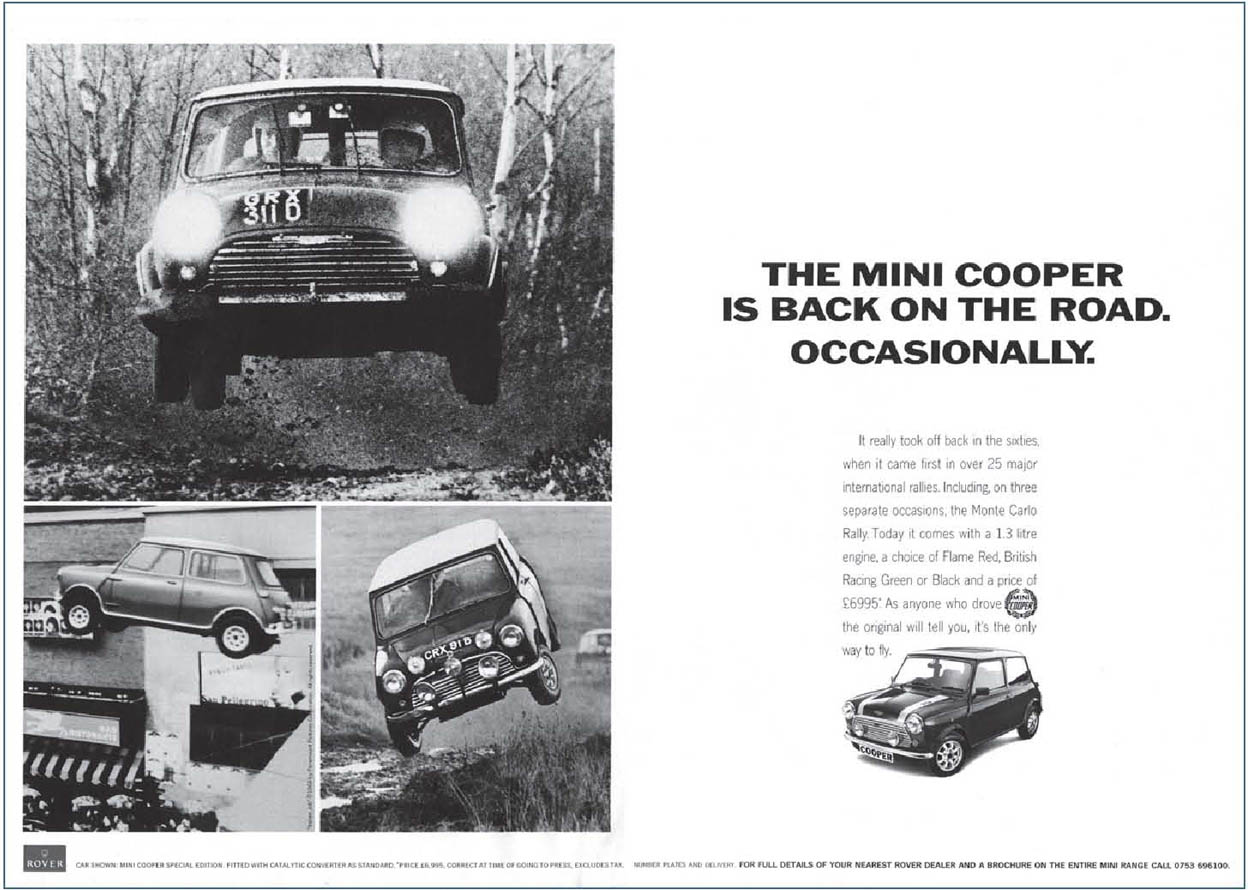
In 1989, John Cooper returned to the board with a new performance upgrade kit. MAGIC CAR PICS
To mark the end of the 1980s, John Cooper returned to the board in 1989, with his already established performance upgrade kit available as an optional extra on all 998cc Minis. By this point, Austin Rover had become Rover Cars, making the Mini an official Rover. Sadly, Issigonis didn’t live to see the thirtieth anniversary of his baby, but this occasion was marked with a forty-second TV advert, featuring actress and model Twiggy, taking viewers right back to the swinging 1960s and on a bumpy ride through its historic journey. The tagline for the advert was simple: ‘You never forget your first Mini.’ The fact that the Mini was already a classic, but still continued in production, highlighted its importance. The Mini had performed its duty as a small budget car that had gone on to reach the top. To celebrate this success, John Cooper launched the John Cooper LE (Limited Edition), of which just 300 were made for the UK only.
It was in July 1990 that the Mini Cooper LE was sent into production. The Rover Special Products (RSP) Cooper was extremely last minute. Just as John Cooper had previously suggested to Graham Day, the new Cooper cars were powered by a (catalysed) 1275cc MG Metro engine. Since demand was sky high, Rover launched a mainstream version of the Cooper two months later. The resurrection of the Cooper boosted Rover sales significantly, outselling the standard Mini; the return of John Cooper is what secured Mini’s survival into the twenty-first century, eventually attracting BMW. Following on, the final changes the Mini witnessed were to its engine. By 1992, the Mini was no longer powered by the 998cc engine: instead, the base model – now called the Sprite – was powered by a standard 1275cc engine, which sat below the higher-spec Mini Mayfair.
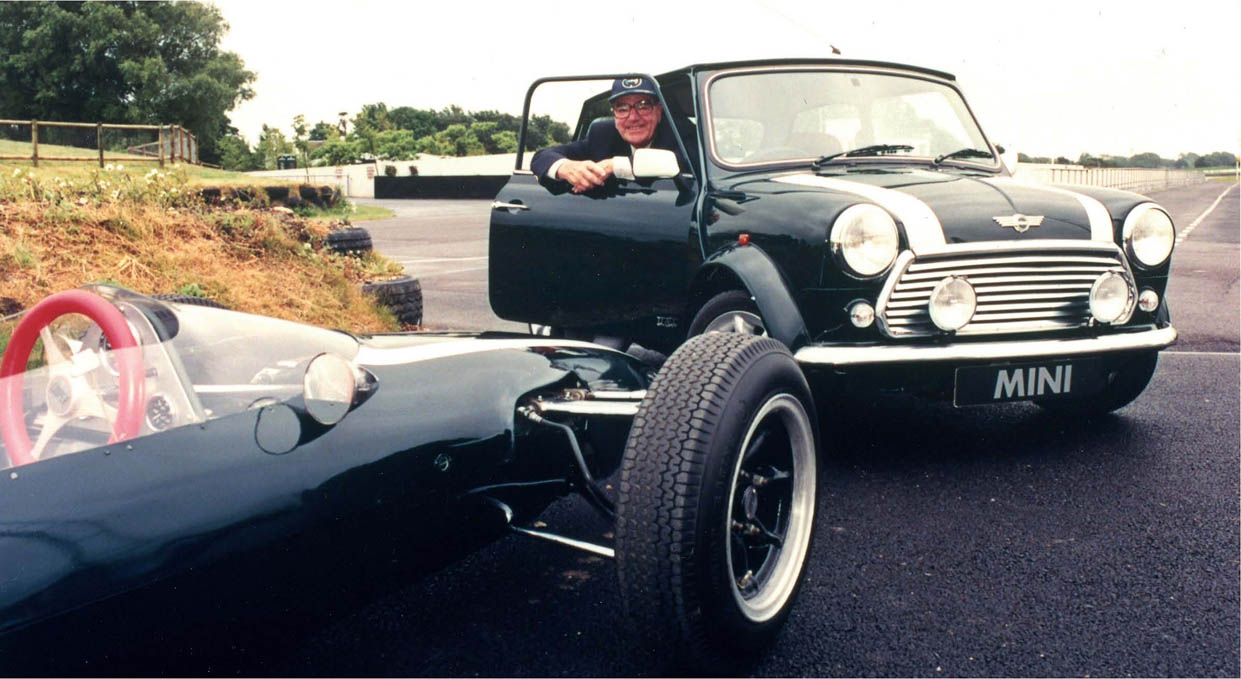
Under the instruction of Rover, John Cooper launched the John Cooper LE. NEWSPRESS
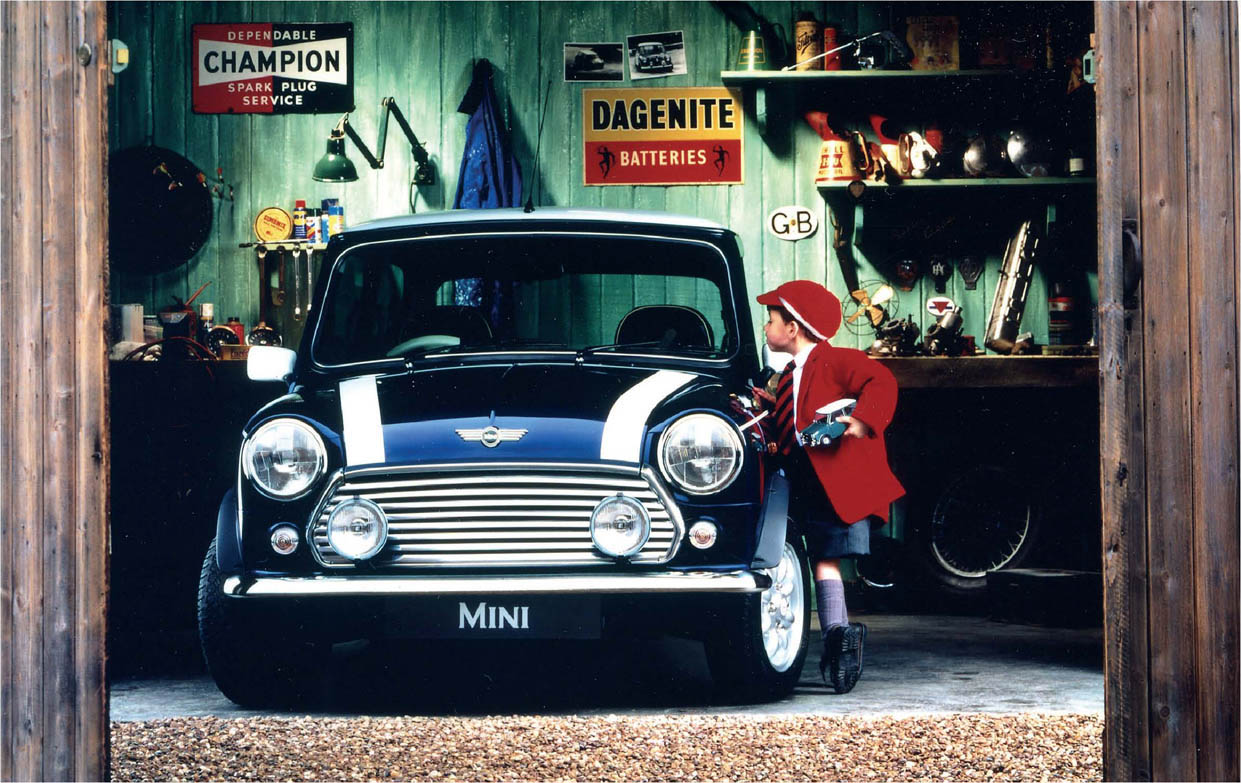
In the 1990s, the Mini Cooper became every young petrol-head’s dream. NEWSPRESS
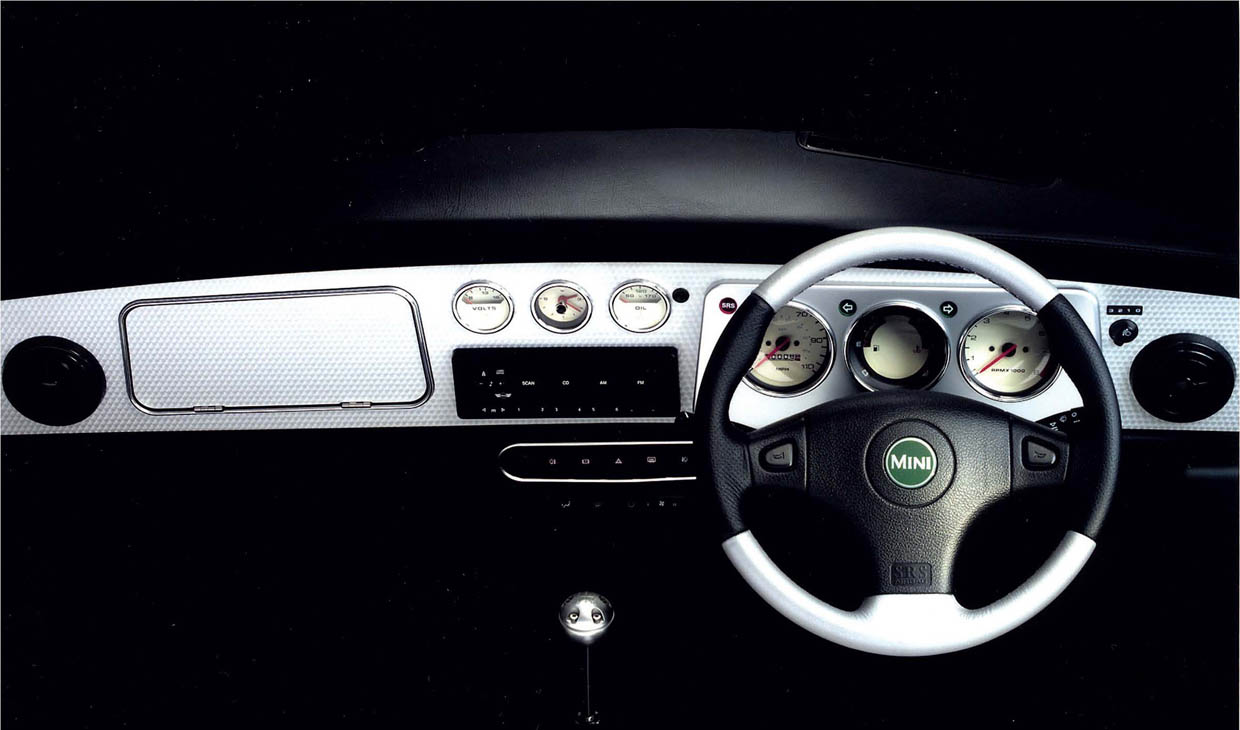
John Cooper’s Mini featured a bold interior with an intensely modern dashboard. NEWSPRESS
After forty-one years in production, the very last Mini was driven off the production line to the Quincy Jones’ soundtrack of The Italian Job film in the year 2000. Hundreds gathered at Longbridge to watch the emotional yet proud moment. Many of the surviving members of Issigonis’s team were also in attendance, and the car was driven by production line supervisor Geoff Powell, with star singer Lulu by his side. The very last of 5,378,776 Minis is now kept at the Heritage Motor Centre in Gaydon, alongside many other members of the Mini family.
1990 SALES FIGURES
Longbridge produced 46,045 Minis, out of which:
10,067 Minis were sold in the UK
12,087 Minis were exported to Japan
8,977 Minis were exported to France
4,790 Minis were exported to Germany
2,680 Minis were exported to Italy
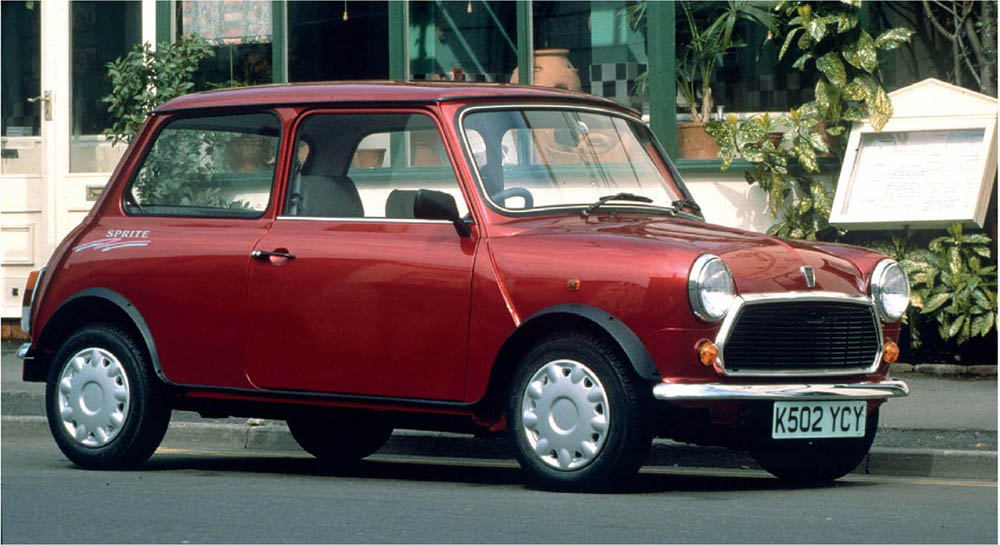
By 1992, the Mini base model with the 1275cc engine was now called the ‘Sprite’. MAGIC CAR PICS
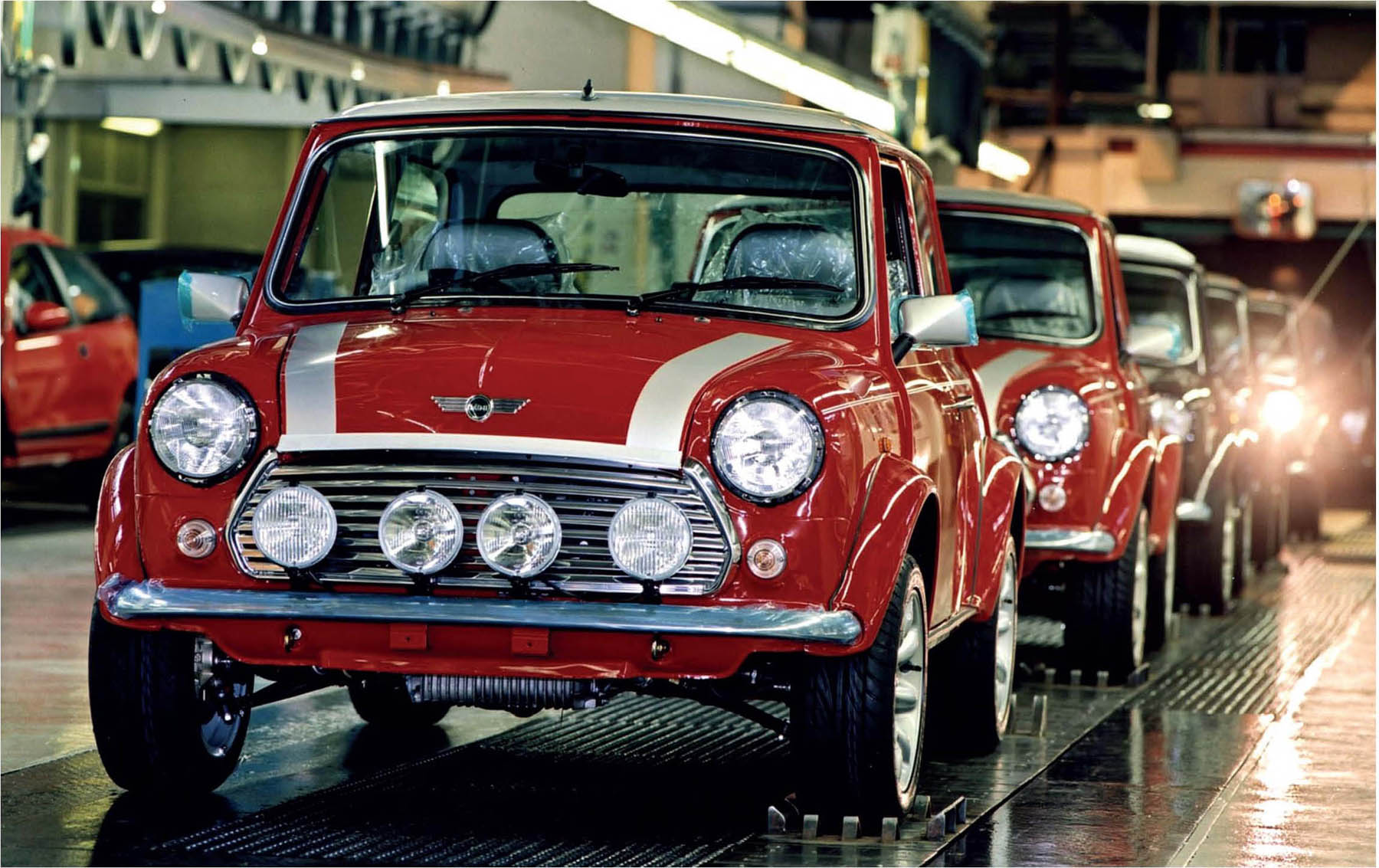
After forty-one years, the final Mini was driven off the production line in the year 2000. MAGIC CAR PICS
MINI AND MINI IN THE TWENTY-FIRST CENTURY
More than fifty years on, the classic Mini remains at the heart of every motoring enthusiast’s car collection. The Mini is a hobby, a lifestyle, and in many cases, a member of the family. Ask any Mini driver and it is highly likely that the chances are that they’ve named their car. In contrast, BMW’s take on an iconic British family car has also found its way into the hearts of many motorists worldwide, alongside its older and significantly smaller predecessor. The Mini of 1959 led the way to fashion in motoring, and the MINI of 2000 led the way to infinite customization – or at least that is how the story is usually told. It is quite possible that no other machine on four wheels has even been so admired and so adored by drivers past and present.
But while the Mini and MINI share the same ethos, they are vastly different, for all the right reasons. The MINI of today is vastly different to that of the past, and that is possibly one of its greatest achievements. BMW have managed to design and build a car that closely resembles its predecessor, but with the modern characteristics to compete in today’s automotive market.
Essentially, BMW have encouraged a new generation of car enthusiasts by building on the foundations of the original car and transforming it into a modern masterpiece. While it maintains strong links with the revolutionary classic, it is slightly larger, it is safer, it is equipped with all the latest modern-day gadgets and gizmos, and it has a brand new style. But unlike the majority of other vehicles on the road, the Mini and the MINI will always be desired and cherished by thousands of motorists around the world – their most important similarity.

More than fifty years on, the classic Mini still has the power to steal our hearts away. NEWSPRESS
Since its launch in 1959, the Mini was remoulded into a number of model variants, and this tradition has been closely followed by BMW: the sportier Mini Cooper, the Mini Van, the Countryman, the Traveller, the Moke and the Pick-up. Each model to follow the new MINI hatchback has been similar to the retro range of the 1960s and 1970s, although the model names have been somewhat varied. The Clubman, for example, was a desirable flat-nosed hot hatch in its original form, but is now a small yet practical family estate. Similarly, the Countryman has evolved from a classic estate into a modern-day crossover.
Paying homage to its past roots, the MINI hatchback, Clubman, Convertible, Coupé and Roadster variants of the German-owned brand are assembled at Plant Oxford in Cowley; the more recent Countryman and Paceman models are pieced together by Magna Steyr in Austria.
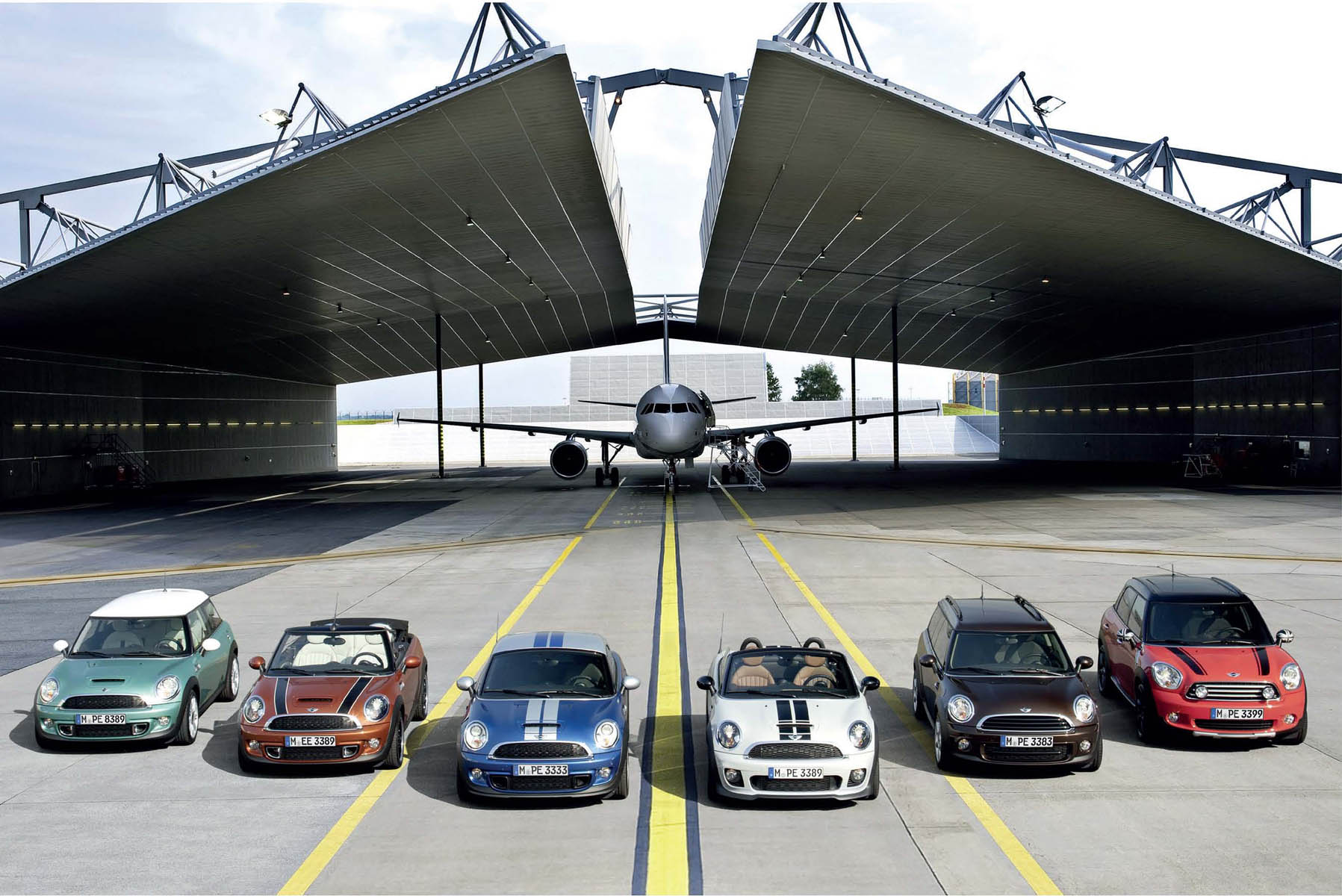
BMW have created a modern-day masterpiece, which pays homage to its predecessor. NEWSPRESS